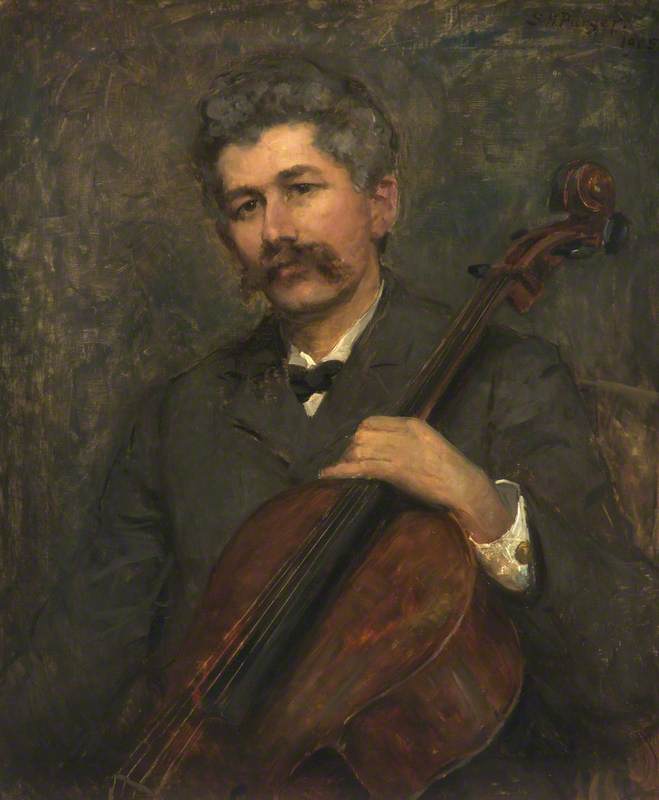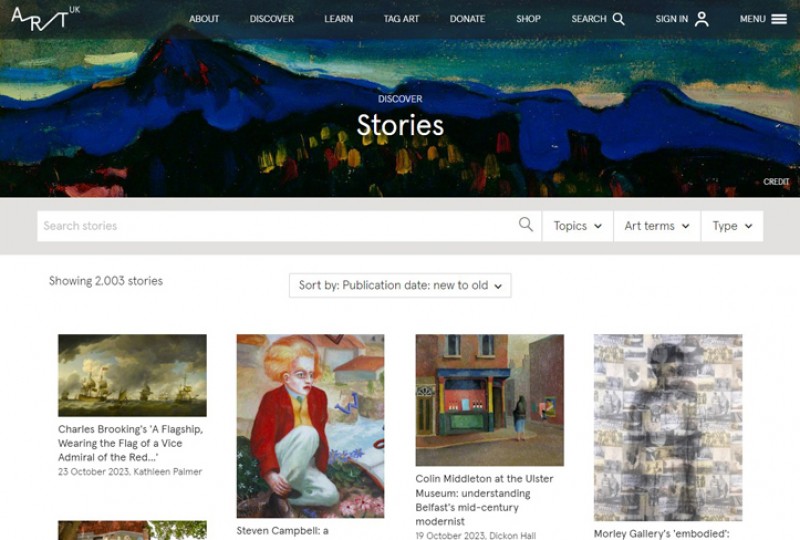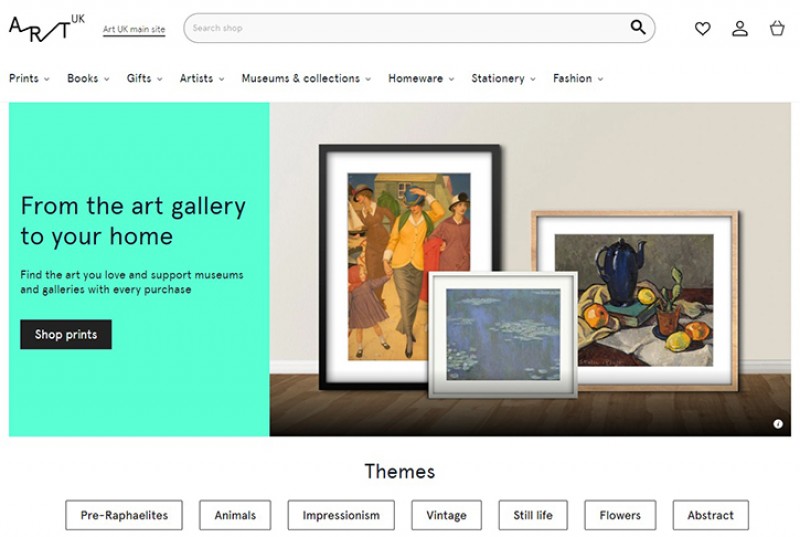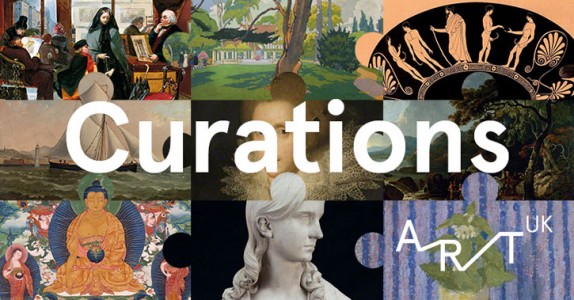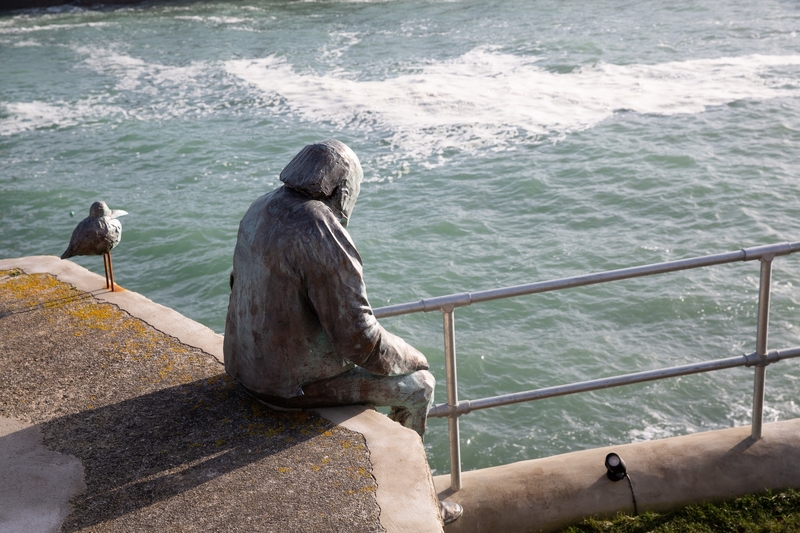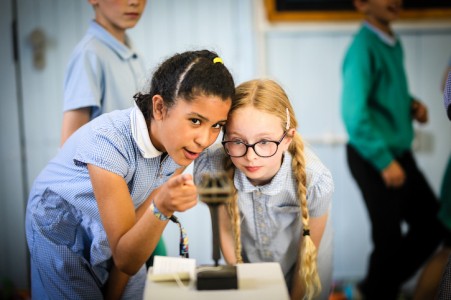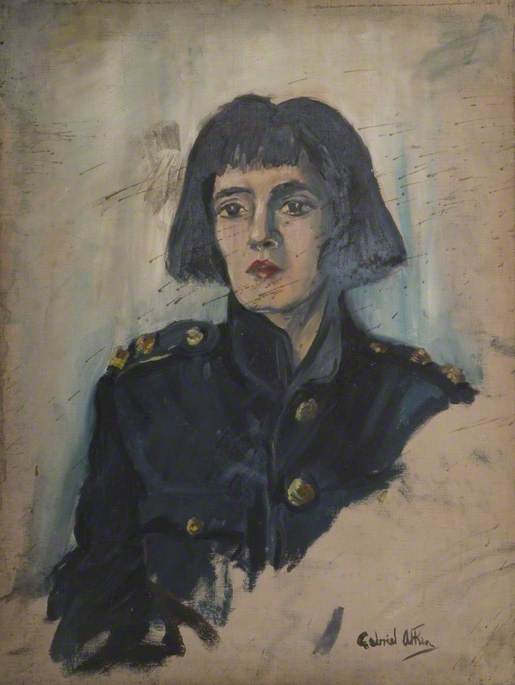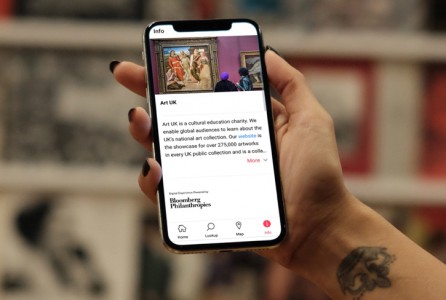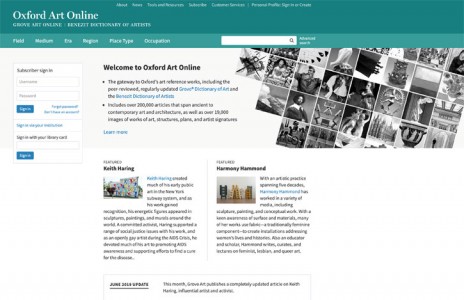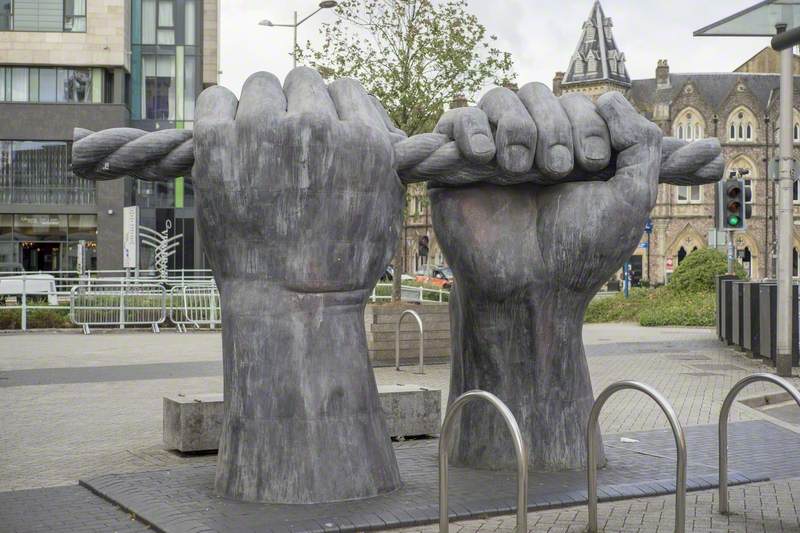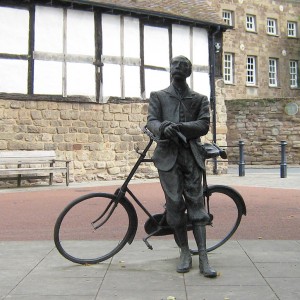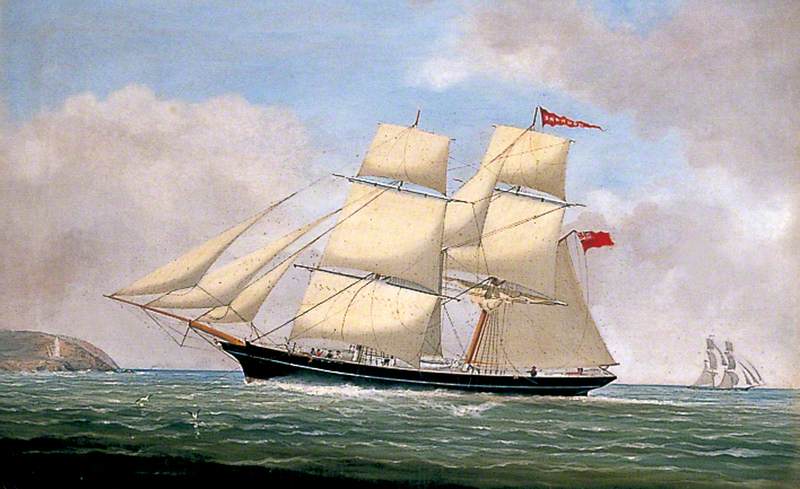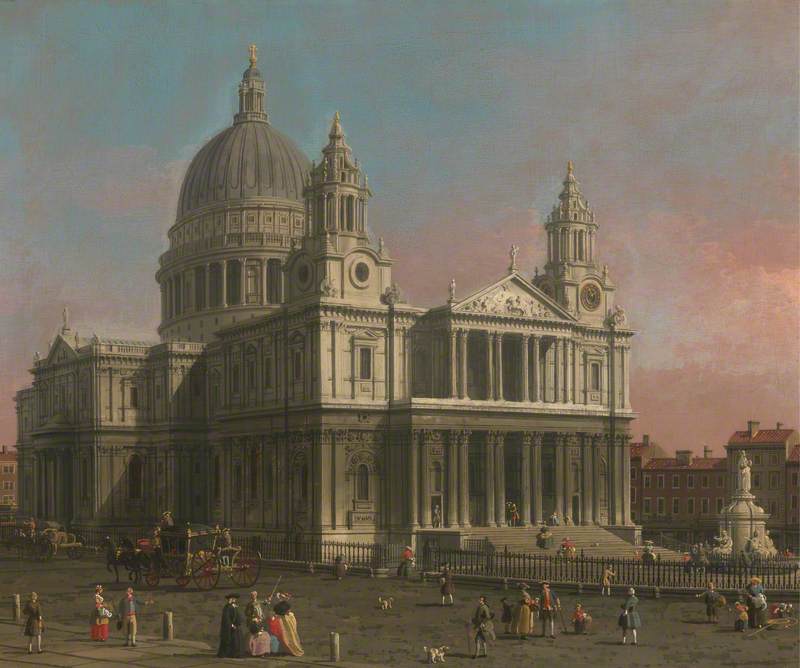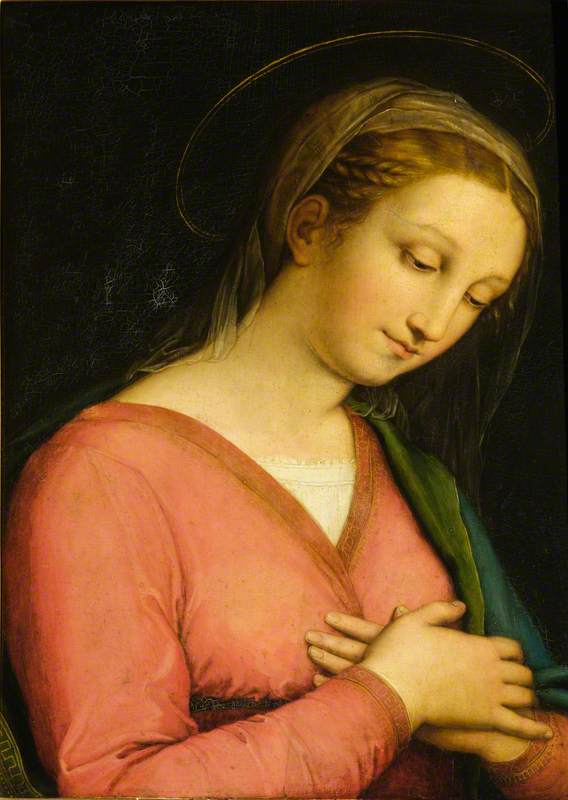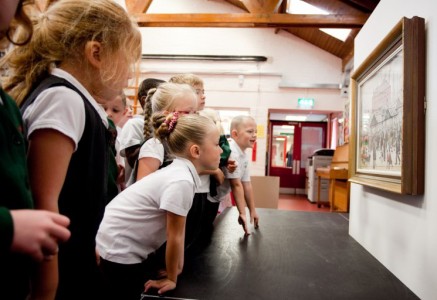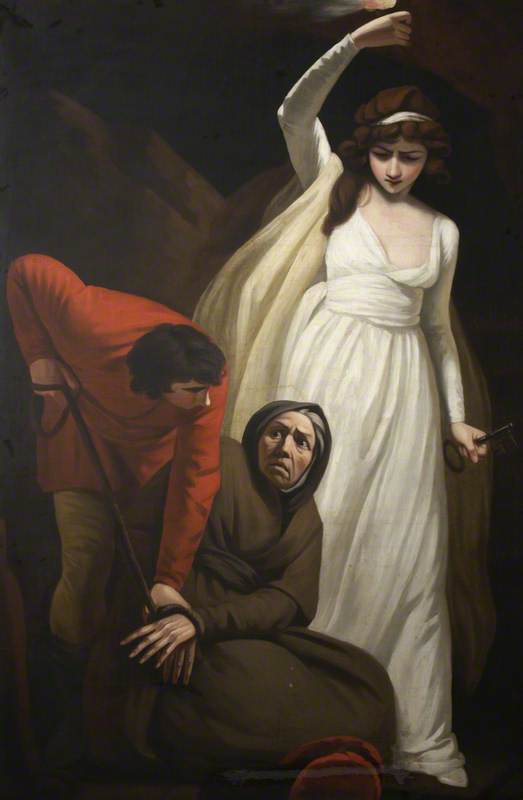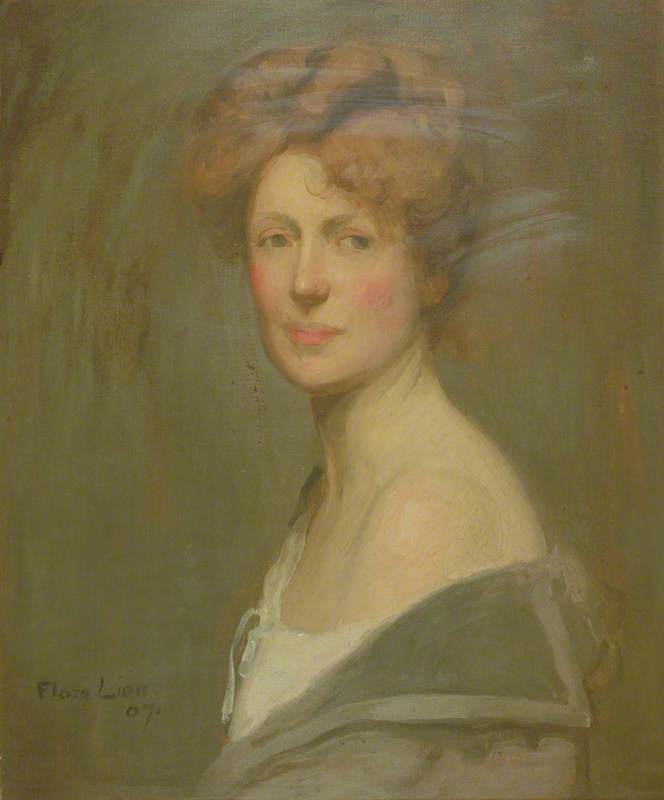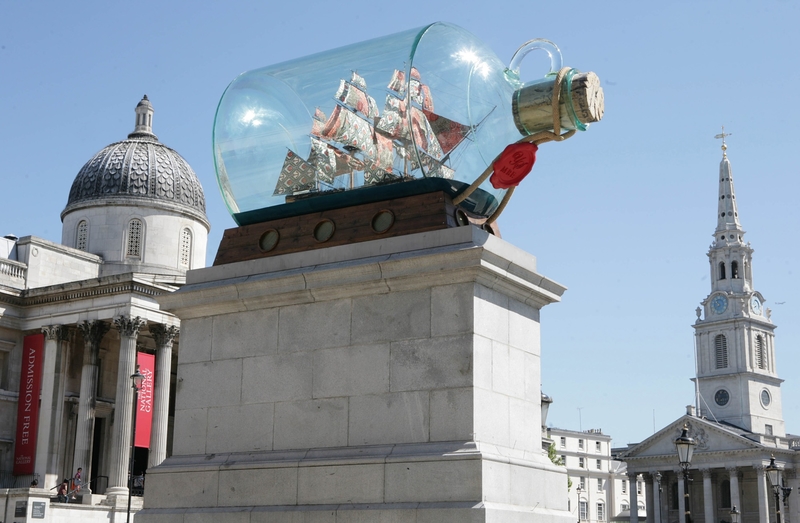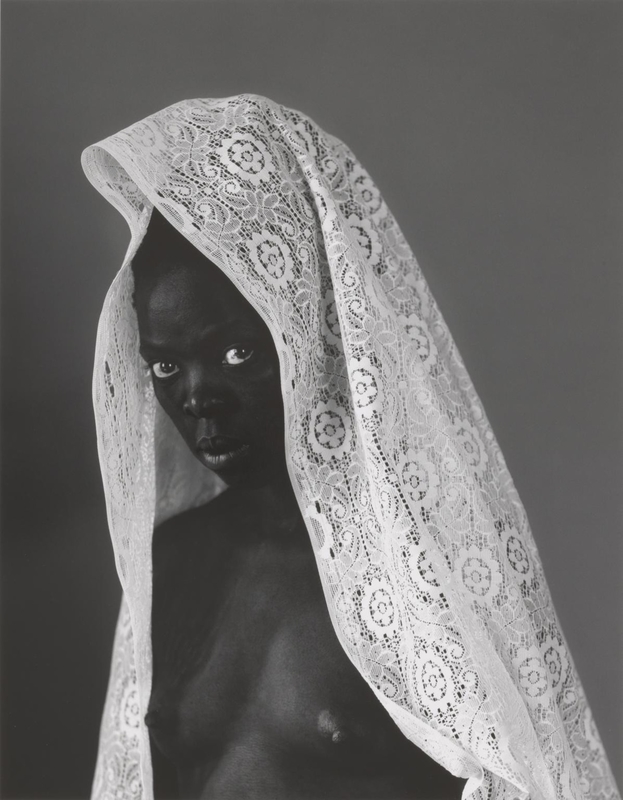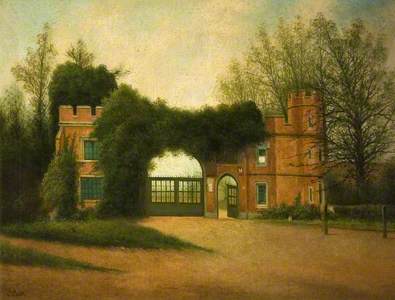As Art UK's new Tagger initiative turns one year old since its relaunch in June 2022, it seemed fitting that we take a look back to the beginning of Tagger. How has it impacted public collections, forgotten artworks and artists, and the public itself? For those who are familiar with Tagger, let's take a trip down memory lane. For those who are not, keep reading to find out exactly what Tagger is and how you are able to participate.
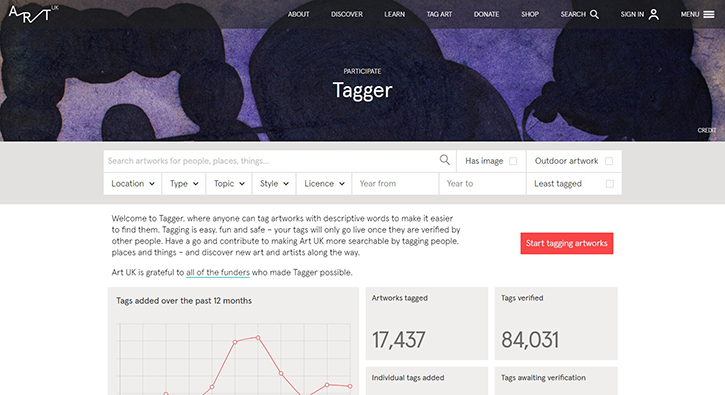
Image credit: Art UK
The Tagger homepage on the Art UK website
The earliest version of Tagger was founded in 2011, when Art UK was still known as the Public Catalogue Foundation. In partnership with the BBC, Your Paintings was a collaboration aimed to digitise catalogues produced through the Foundation, and Tagger was built as part of Your Paintings. The Tagger initiative itself maintains the same core values that it began with – to contribute towards the nation's rich cultural heritage through public participation.
Today Tagger is known as a crowdsourcing initiative with the aim of making art more accessible to the general public. Art UK is compromised of over 300,000 works of art from collections all over England, Wales, Scotland and Northern Ireland. With around 80% of the UK's paintings not on public display, as well as the at-times exclusionary nature that surrounds art and its institutions, Art UK not only puts these artworks on display for the public, but also allows them to access these works from the comfort of their own homes. By allowing anyone, anywhere to tag keywords to artworks, Tagger aims to increase discoverability and access to the nation's art.
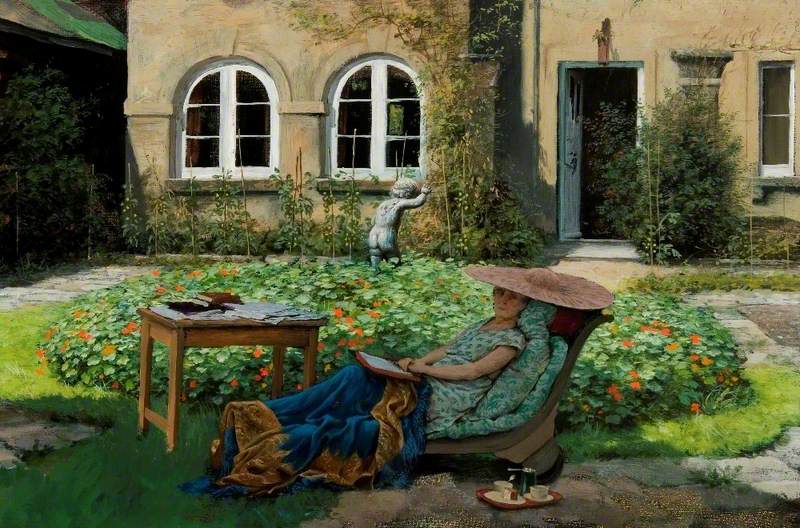
Image credit: Salisbury & South Wiltshire Museum
Edith Olivier (1872–1948), on a Day Bed at the Rear of Daye House 1942
Rex Whistler (1905–1944)
Salisbury & South Wiltshire MuseumBy using a crowdsourcing initiative such as Tagger, Art UK has transformed the cataloguing and archiving of artworks into a more inclusive process. Historically delegated towards art historians, academics and curators, Tagger allows the public to participate without needing an art history degree or a large understanding of art. With artworks being searchable by artist, year, medium, subject and theme, there are more than enough ways for website visitors to search for art based on their interests. Once a work is chosen to tag, people are encouraged to add descriptive words based on 'Things', 'People', 'Places' and 'Events'.
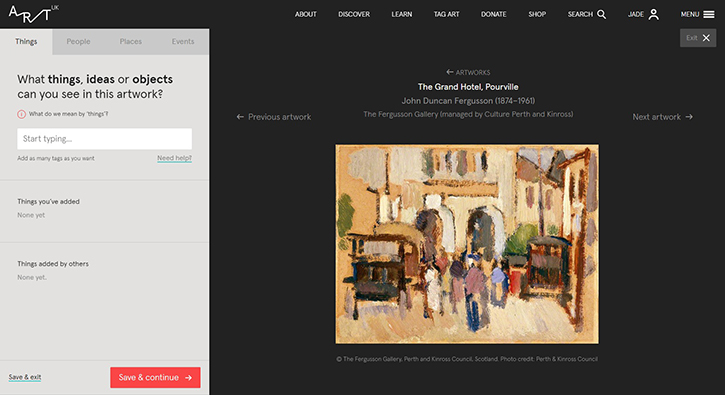
Tagging an artwork
The Tagger initiative does not only benefit the broader understanding of the UK's art history and knowledge but provides a fun, engaging and interactive volunteering experience for 'taggers'.
There are multiple ways in which Tagger can be beneficial to wellbeing: for example, through providing opportunities to connect with fellow taggers based on shared interests, a space to learn new things, the chance to use knowledge in a different context, or to simply as a way to become more aware of one's surroundings. By becoming actively engaged with artworks, taggers gain a renewed understanding and appreciation for the nation's cultural history, while also developing a greater sense of awareness and pride.
Tagger also aims to address inequalities, especially towards underrepresented groups of artists, such as women. In order to enhance researcher access for art historians, students, curators and general interest groups, Tagger aims to provide a platform whereby artworks from these historically neglected groups are brought forward, therefore enhancing not only their artwork records but also further research into artists, artworks, topics and mediums that have been traditionally overlooked.
A further inequality relating to art is access, or lack thereof. As mentioned before, a majority of the nation's artworks are not on public display – and those that are are generally housed in buildings that are either daunting for those without art historical knowledge, or simply do not have appropriate access for people with certain disabilities. By fully embracing technology and increasing accuracy through crowdsourcing, Tagger promotes equal access for all to art, while at the same time ensuring a reliable archive.
A year ago, when Tagger was relaunched, one of the goals was to target a broad range of audiences and encourage any type of person from around the world to participate 'and help contribute towards the understanding and the stories we [Art UK] tell'. Art UK has managed to grow the number of artworks ready to be tagged from 293,000 to over 300,000. At the time of writing, over 17,000 artworks had been tagged, with the total amount of individual tags sitting at nearly 150,000.

Image credit: Art UK
The Tagger dashboard
As Tagger continues to grow, Art UK looks forward to continuing its mission to make the nation's art more accessible to the public. This includes fostering the relationships made through the Tagger initiative by encouraging community engagement, both online and in the physical realm. As COVID-19 restrictions have begun to ease over the past year, Art UK aims to build new audiences by collaborating with interest groups based on the topics found when searching for art. Who would not want to spend an afternoon (or a whole day) with like-minded individuals in the interest of pets within art? Or perhaps enjoying a trip to a new sculpture park to finally see your new favourite piece that you found through Tagger?
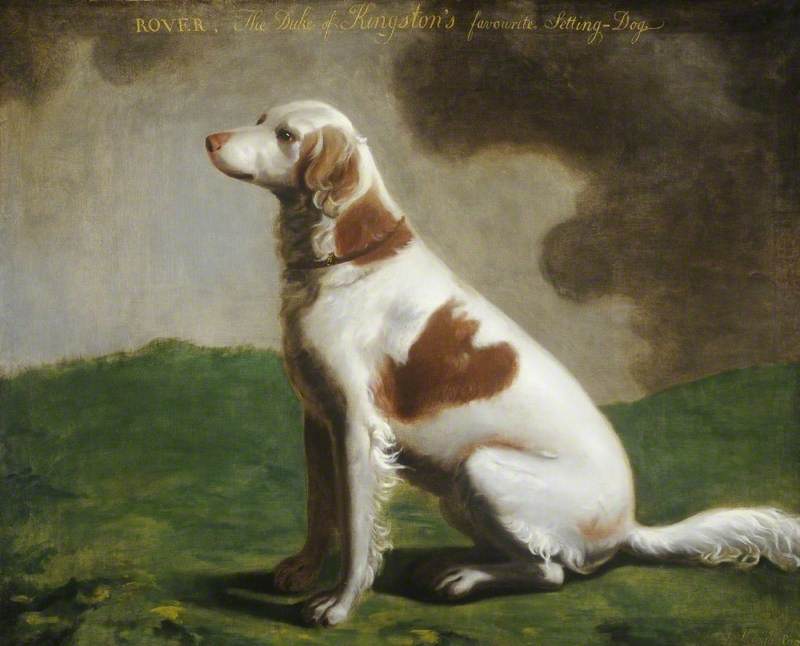
Image credit: Heritage Doncaster
'Rover', the Duke of Kingston's Favourite Setting Dog 1776
George Haugh (1756–1827)
Heritage DoncasterYou can create your free account on Art UK to begin tagging and join the thousands of people making contributions towards the nation's art collection. While you're at it, sign up for Art UK's newsletter and follow Art UK on Twitter and Instagram for news about Tagger's one-year birthday celebrations that are taking place in June 2023.
Skylar Whittle, Sotheby's Institute of Art MA Placement at Art UK

